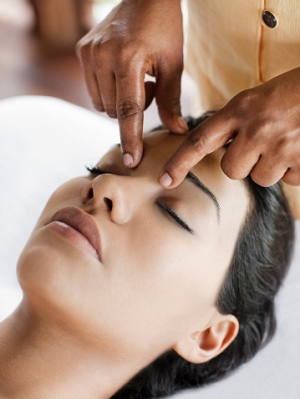Dec 28, 2025
Dec 28, 2025
 Every person is born perfect. Inferiority is a mistake of the mind, a cloud covering the light. Dissolve the clouds by observing a balanced life with healthy habits. Nourish your mind and body. Connect with your own inner self. Celebrate your own magnificence and your beauty will always shine through.
Every person is born perfect. Inferiority is a mistake of the mind, a cloud covering the light. Dissolve the clouds by observing a balanced life with healthy habits. Nourish your mind and body. Connect with your own inner self. Celebrate your own magnificence and your beauty will always shine through.
30-May-2012
More by : Dr. Vipul Sharma